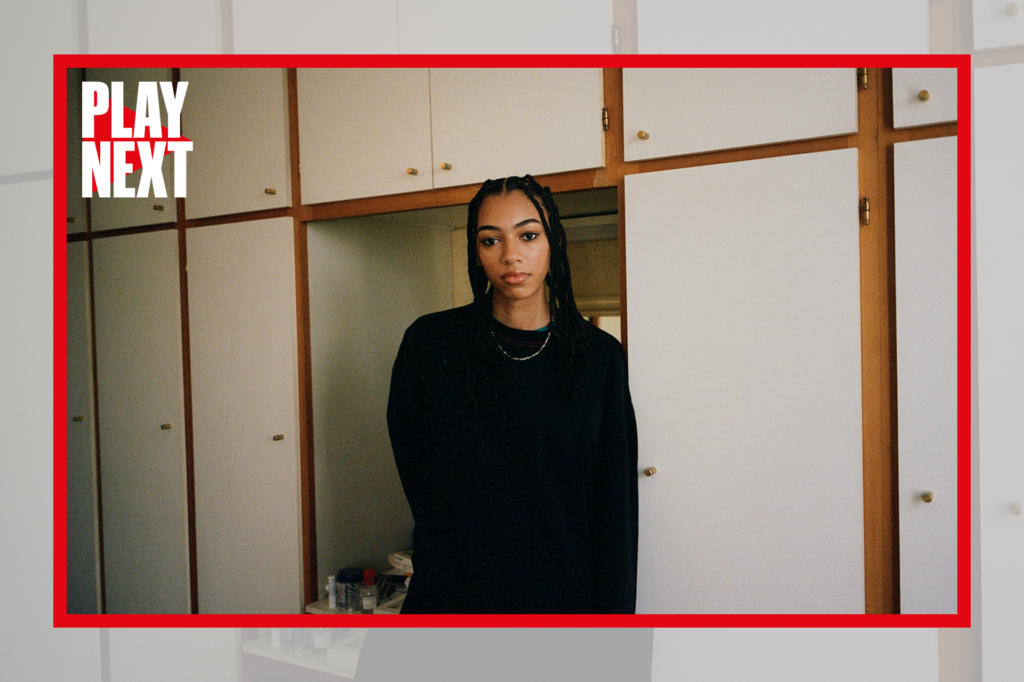What was the very first ambient song?


(Source: Far Out / Duncan Shaffer)
Whether you consider it a pleasant way to pass the time in a hotel lobby, a means of bridging the awkward silence at a tragic dinner party, or a focal point for transcendental meditation, ambient music has a place in all of our lives. By nature, ambient is a very accessible form of music, as it can slip by unnoticed or lull your troubled mind into a restful sleep. The exact opposite can be said of genres like death metal and hardcore punk.
Musicologists and journalists like to stick labels on things like Elvis Presley, the King of Rock ‘n’ Roll, or Iggy Pop, the Godfather of Punk. Such labels are perhaps less common in ambient music, but if anyone deserves that title, it’s Brian Eno. He could be a king or a prince, but I’ll go with the Godfather of Ambient and leave the title of Prince to his younger disciple, Aphex Twin. I would add, however, that this label does the producers no justice, given their influential work in other areas of electronic music.
Eno is our “Godfather of Ambient” because he is one of the original innovators of ambient music as we know it today, and most importantly, the man who first coined the term. In the mid-1970s, when he released his classically inspired ambient album Discreet musicEno defined the quiet medium as a soundscape “designed to create calm and space for reflection.” He added, “Ambient music must be able to accommodate many levels of listening attention without forcing a particular one; it must be as ignorable as it is interesting.”
Followed Discreet musicEno continued his fundamental work in ambient production with highly influential releases such as Ambient 1: Music for airports And Apollo: Atmospheres and SoundtracksHis ambient catalogue, which emerged alongside high-profile production collaborations and his early work with Roxy Music, is hugely influential. However, Eno was not technically the first ambient musician.
If we’re being precise, ambient music can be traced back to prehistory, when tribes around the world enjoyed soft, repetitive music to accompany various social gatherings, religious ceremonies, and psychedelic experiences. But good luck trying to come up with a name for one of these “songs,” let alone a recording.
If we move into the more concrete ages of recorded music, various recordings of Indian classical music and drone music could be described as being close to ambient. Nevertheless, ambient music as we know it today is characterized by the use of electronic production tools such as synthesizers and the recording of ambient sounds. Within these parameters, we often consider American composer Raymond Scott to be the first to plant a flag in the ambient soundscape when creating his 1962 album. Soothing sounds for babies.
Soothing sounds for babies is a three-volume set of ambient electronic music that was originally intended, as the title suggests, to lull toddlers to sleep. Published in collaboration with the Gesell Institute of Human Development, Scott designed the three volumes to be suitable for toddlers of three different age groups: part 1 for one to six months, Volume 2 for six to twelve months and Volume 3 for 12 to 18 months. At 18 months, your baby is ready to use Aphex Twins Selected Ambient Works Volume II with the permission of your doctor.
Soothing sounds for babies is older Discreet music by 13 years, during which other early ambient works such as Tony Scott’s 1964 album were created, Music for Zen MeditationIrv Teibels EnvironmentsÉliane Radigues And vice versa and Laurie Spiegels The expanding universe emerged from influences of classical and drone styles.



